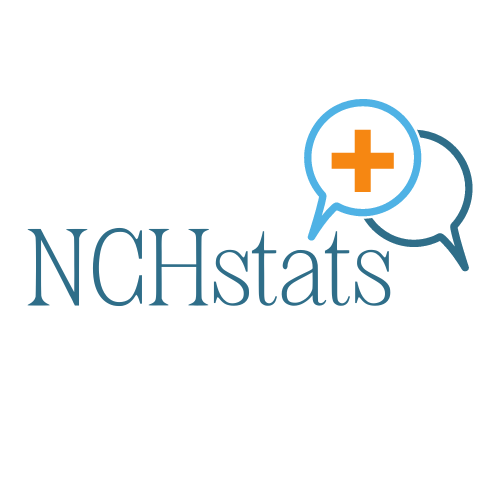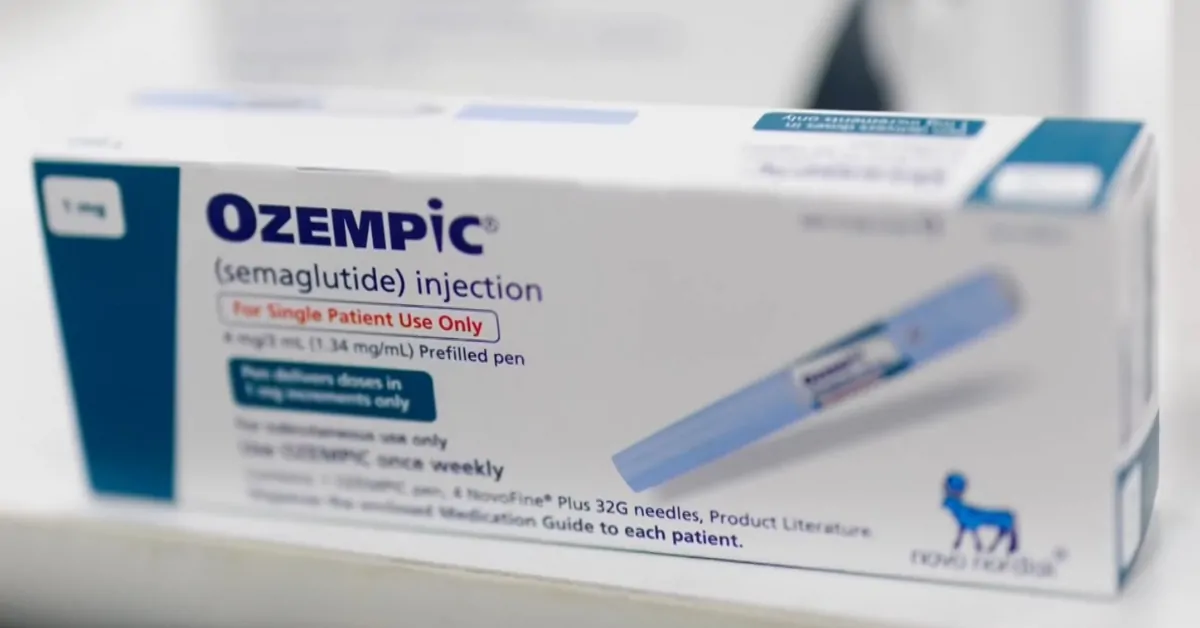The HTI-4 Final Rule fundamentally changes how U.S. healthcare organizations handle prescribing, prior authorization, real-time drug cost checks, and interoperability starting 2025–2028.
When fully adopted, HTI-4 is expected to eliminate millions of staff hours currently lost every year to faxes, phone calls, and payer portals, while improving access to medication by making coverage and cost information visible in real time.
I have worked with health-tech workflows long enough to see how slow and outdated prior authorizations and prescribing processes can be.
HTI-4 is one of the first federal rules that genuinely attempts to fix the root cause, fragmented technology, rather than just adjusting provider behavior.
What HTI-4 Actually Is, In Plain English
HTI-4 stands for Health Data, Technology, and Interoperability and is the newest regulation from the ONC (Office of the National Coordinator for Health Information Technology). It was finalized on July 31, 2025, and became effective on October 1, 2025.
What HTI-4 Covers
- Updated electronic prescribing requirements
- Real-time prescription benefit (RTPB) information
- Electronic prior authorization (ePA)
- Certified APIs for health-IT systems
- More consistent data standards across payers and providers
The official description calls HTI-4 “a final rule to improve electronic prescribing, support real-time prescription benefit transparency, and standardize electronic prior authorization workflows.”
The Operational Changes at a Glance
Here are the four most important operational changes HTI-4 introduces, written in a way healthcare leaders can use immediately:
| Change | What It Means | Why It Matters |
| 1. New e-prescribing standard (NCPDP SCRIPT 2023011) | EHRs must use the updated standard instead of the 2017 version. | Reduces errors, failed transmissions, and incorrect drug instructions. |
| 2. Required real-time drug benefit checks at point-of-care | Clinicians see coverage + cos,t + alternatives instantly while prescribing. | Cuts surprise pharmacy bills and prevents denied prescriptions. |
| 3. Standardized electronic prior authorization via APIs | Prior auth requests can be automatically assembled, submitted, and tracked. | Eliminates faxes, phone calls, and long delays for approvals. |
| 4. Event-based and FHIR-based interoperability APIs | Systems can “subscribe” to events like PA status or formulary updates. | Improves coordination and reduces manual follow-ups. |
These are not small tweaks; they change the digital workflow inside every clinic, hospital, pharmacy, and payer system.
Updated E-Prescribing Standards: The First Big Shift

What the rule says
ONC now requires the NCPDP SCRIPT 2023011 standard for e-prescribing. This is the first major upgrade in five years.
What this actually changes
- pharmacy mismatch errors
- missing dosage clarifications
- “transmission failed” errors
- incomplete insurance data
SCRIPT 2023011 fixes these problems by strengthening the structure of digital prescription messages.
Why it matters
According to HIMSS, the newer standard reduces prescription errors by up to 20 percent, largely because it enforces better data formatting and validation.
A HIMSS analyst put it this way:
“The reality is that outdated e-prescribing standards remain a hidden cause of delays in care. SCRIPT 2023011 modernizes the connection between prescribers and pharmacies.”
If your organization still relies heavily on fax-based workflows during transitions or exception processes, there are practical ways to modernize those operational gaps. You can find out here and learn more.
Real-Time Prescription Benefit (RTPB): The Game-Changer for Transparency

Real-Time Prescription Benefit, or RTPB, is one of the most genuinely exciting parts of the HTI-4 rule. It finally gives prescribers real visibility into what a medication will cost a patient before the prescription is sent.
With RTPB, the moment a clinician types a drug into the EHR, the system displays the patient’s actual out-of-pocket cost, whether the medication is covered, whether prior authorization is required, and what cheaper alternatives are available. It even shows if the pharmacy carries the drug.
This replaces the old “send and hope” model that too often ended with patients discovering problems only at the pharmacy window.
The impact is huge. When patients encounter unexpected costs or non-covered medications, it leads to frustration, abandoned prescriptions, return calls to the clinic, and delays in treatment.
Medical Economics reports that real-time benefit tools can cut prescription abandonment by 20 to 30 percent, simply by eliminating these surprises.
From my view, RTPB makes healthcare feel modern for once. In every other industry, booking flights, hotels, and even rideshares, you see price and options instantly.
Medicine has lagged far behind. HTI-4 finally brings that level of transparency into prescribing, making clinical decisions more informed, more patient-centered, and far smoother for everyone involved.
Interoperability and API Requirements: Making Systems Talk to Each Other

What the rule introduces
- sharing formulary and cost data
- receiving updates on PA status
- event-driven notifications (e.g., approval, denial, missing documents)
- data exchange between health systems and payers
This is built on the Da Vinci Project standards, the most widely supported FHIR specs for payer-provider interactions.
Why this is important
Right now, major EHRs, clearinghouses, insurers, and pharmacy systems often operate in islands.
HTI-4 pushes everyone toward shared data models.
As one ONC spokesperson said:
“HTI-4 is about ensuring certified systems speak a common technical language.”
This might be the single most important long-term outcome of the rule.
How HTI-4 Impacts Healthcare Organizations (Operational View)
| Group | Practical Impact | What This Means Day-to-Day |
| Providers | Faster prescribing workflows; fewer prior-auth calls; clear drug cost visibility; more time for patients; lower admin burnout | Prescribers can choose covered, affordable medications instantly, avoid phone/fax loops, and reduce time wasted on manual clerical work. |
| Clinical Staff | Less time chasing insurance data; reduced faxing; improved accuracy in submissions; better workload balance | Staff spend less time handling corrections, eligibility checks, and payer communications, and more time supporting direct patient needs. |
| IT Departments | Required system upgrades; API testing; vendor coordination; new compliance duties | IT teams must update EHR modules, validate FHIR/APIs, coordinate with vendors, and ensure full HTI-4 certification readiness. |
| Pharmacy Operations | More accurate prescriptions; smoother communication with prescribers; improved fill rates through real-time data | Pharmacies receive cleaner orders, fewer errors, fewer clarifications, and better alignment with payer formularies. |
| Patients | Fewer denied prescriptions; reduced cost surprises; faster treatment access; smoother overall experience | ..Patients face fewer delays, know what they will pay upfront, and spend less time stuck between the clinic, pharmacy, and insurer. |
Conclusion
- outdated e-prescribing
- hidden drug costs
- slow, manual prior authorizations
- disconnected payer-provider systems
By forcing certified systems to adopt modern standards and automation, HTI-4 aims to deliver a future where:
- Prescriptions don’t fail
- Medication costs aren’t a mystery
- Approval workflows move instantly
- systems share data without barriers
For healthcare operations, HTI-4 marks a turning point, a shift toward a functioning, interoperable, patient-centered digital ecosystem.
In short, HTI-4 is the closest thing healthcare has had to a “digital cleanup act” in a decade.
Related Posts:
- 26 Most Dangerous Cities in the World 2025 - Where…
- How Much Money Is There in the World In 2025?…
- Is Sicily Expensive in 2025? A Complete Cost Analysis
- All 50 US States Ranked by GDP - The Complete 2025…
- The Quality of Healthcare in The US Has Hit a…
- Global Healthcare Simulation Market Projected to Hit…








